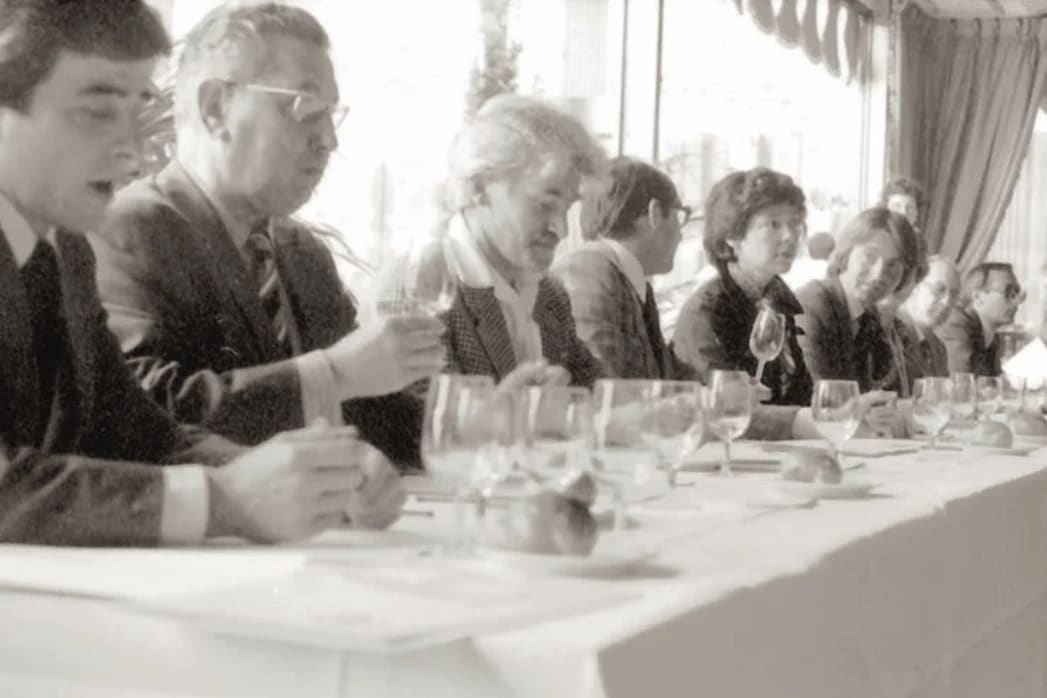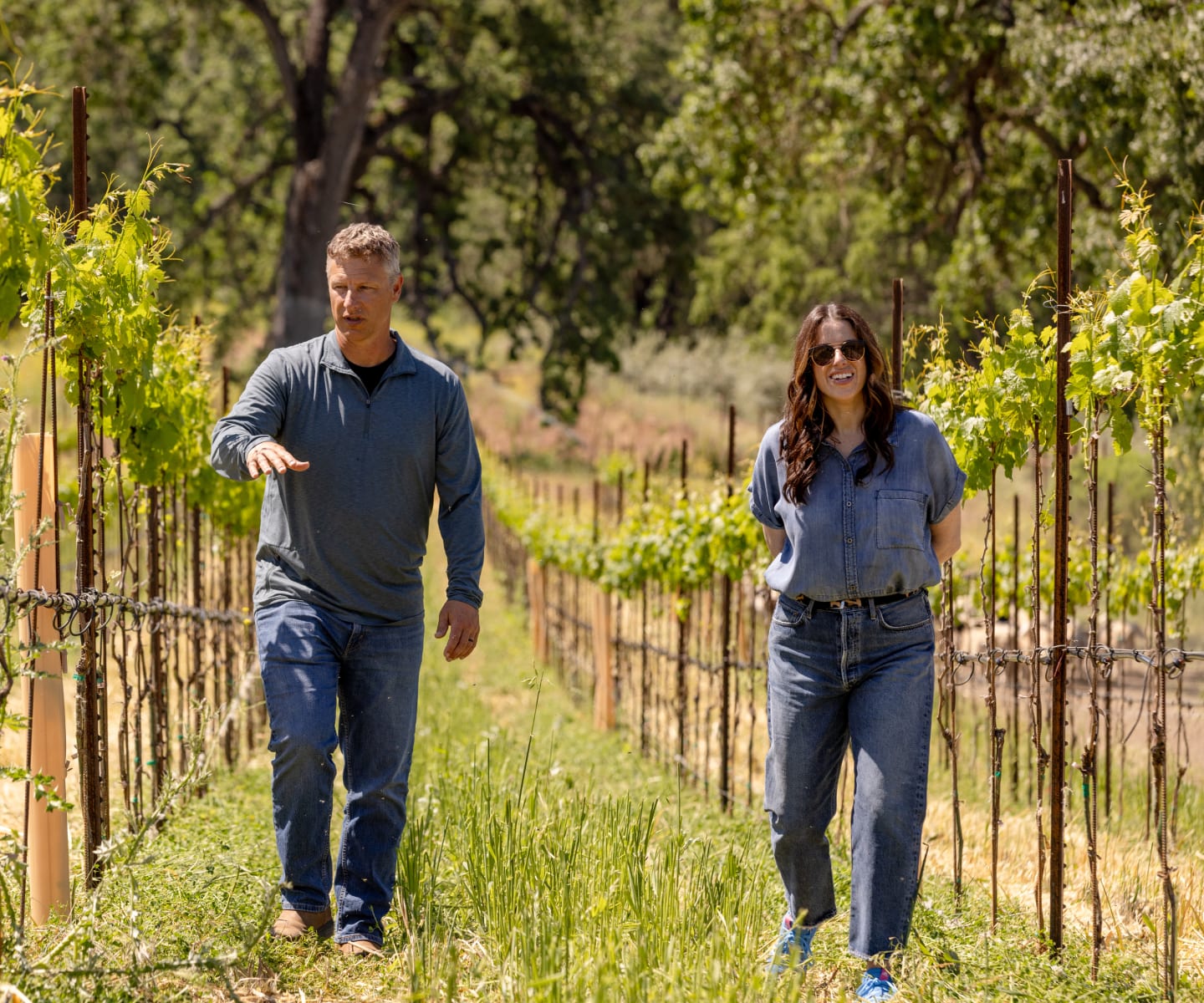Events
The Judgment of Paris: A New Age of California Wine
May 22, 2025

On May 24th, 1976, the trajectory of American wine was forever changed, thanks to an international tasting organized by British wine merchant Steven Spurrier. The tasting, which was done by blind, was organized to celebrate the United States Bicentennial, and would put French and American wines up against one another; the results shocked the world, and the effects of the tasting’s magnitude are still present in the wine industry today.
The wines featured in the Judgment of Paris tasting included Chardonnays from the US and France, as well as Cabernet Sauvignon wines from Bordeaux and California. To everyone’s surprise, the bottles from Napa ranked best in each category, completely flipping the industry’s stereotype of “superior” European wines on its head.
How did the Judgment of Paris tasting affect the reputation for US wines?

Sommelier Elyse Lovenworth states that the Judgment of Paris tasting had a profound impact on the reputation of U.S. wines, both domestically and internationally. “The results were a validation of quality,” she says, explaining that the blind comparison of French and Californian wines were judged by top French experts, and that very unexpectedly, the California wines won in both the red and white categories.
“This was a watershed moment that proved California wines could rival, and even surpass, the best French wines,” she says. Lovenworth notes that before the tasting, U.S. wines were largely dismissed or ignored by the international wine community, and that the win shocked the wine world—and ultimately led to a dramatic increase in respect and curiosity toward American wines.
Lasting Effects of the Judgment of Paris Tasting

Lovenworth affirms that the effects of the tasting’s results can still be felt throughout the industry today, and that its impact has had a ripple effect over the past 50 years. “The effects are felt more as a foundational impact than a current influence,” she says, stating that judges and sommeliers today treat wine more on merit than heritage, a mindset that began to take hold after the Judgment of Paris tasting.
“This was also a benchmark for blind tastings,” she says, as the event highlighted the value of tasting without preconceived notions, as well as challenged assumptions about wine quality based on origin.
The Status of Napa Wine Today

Lovenworth finds that in the present day, many consumers associate wines from Napa with luxury and prestige—and much of this can be attributed to the lasting effects of the Judgment of Paris tasting. “Many Napa wineries are as cult-like and collectible as the best from Burgundy and Bordeaux,” she says, stating that consumers also appreciate the consistency they get from Napa wines, as well as their powerful, ripe styles.
During the mid-1970s—essentially the time of the Judgment of Paris—Napa was considered an underdog; these days, Lovenworth describes the region as a global leader. “The region is facing some modern challenges like climate change and market saturation, but I think Napa will remain in the forefront of the industry for years and years to come,” she affirms.
To explore our range of artisanal wines from California, click here. To book a Judgment of Paris inspired tasting led by one of our expert sommeliers, click here.
